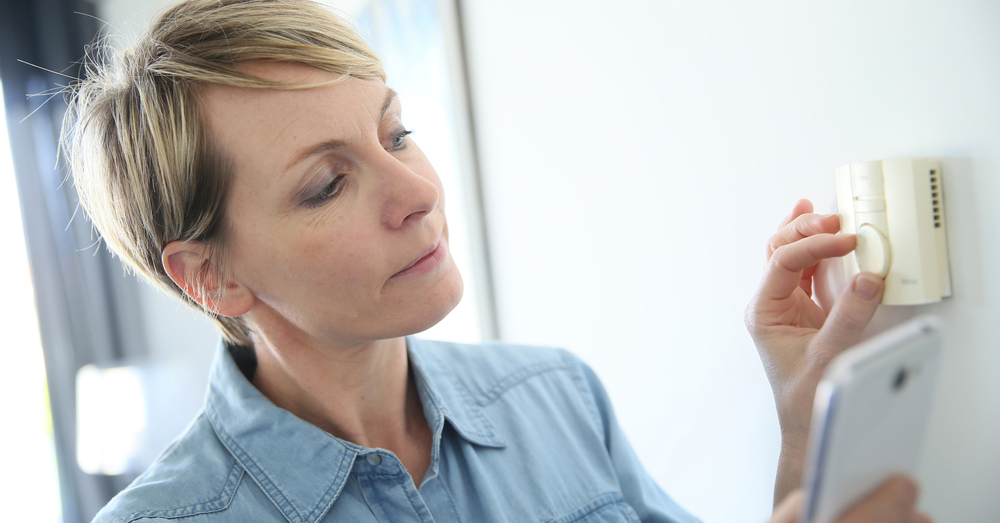Are you an eco-conscious homeowner or renter? Would you just like to see that dollar sign on your monthly power bill getting lower?
On average, an Australian household (4 people – 2 adults, 2 children) uses 9,364 kWh annually (average based on data sourced via energymadeeasy.gov.au). Given that the ABS 2016 Census recorded that there are 6,041,788 households across the country, the total average annual energy consumption is pretty large.
If you start thinking smart around the house, you can change your energy consumption – and start reducing the cost of your energy bill and carbon footprint – right away. Here are our tips to help you and your family change the way you’re using power.
Related story: How we estimate your savings
1. Smart use of appliances
Consider the appliances you are using and how you are going to be using them before you purchase. Doing your research will help you understand the power requirements of different appliances; considering the sizes of appliances and the energy star rating of the different brands is a good starting point. Websites like Canstar Blue have done the hard work for you when it comes to comparing brands so they are a good place to start.
But you don’t even have to go as far as upgrading your appliances. It could be as simple as changing the way you’re using those appliances. For example rather than using your dishwasher right after you have finished dinner, why not load it up and press start before you head to bed? This way you will be drawing power in off-peak periods where the rates are much lower.
2. Lighting
We aren’t suggesting switching off the power and using candlelight to cook your dinner, but in the same way that one washing machine will use less water and power than another, light globe choice can also be an easy win when it comes to saving on energy. By making the simple switch from halogen globes to LED lights you could save around $90 a year on your electricity bill.
3. Switching off at the powerpoint
It might sound to simple but getting in the habit of turning the power off at the switch can really change the amount of energy that you are consuming. Appliances are still drawing power when they are plugged in, even if it is not in use and the on-device switch is turned to off. According to the NSW Government, Department of Planning and Environment making this small change in habit could cut 1-5% off your power bills. Put a dollar amount to it: by your son or daughter simply switching off their gaming console at the wall you could save approximately $193 a year (data from yourenergysavings.gov.au).
So remember, if you can see the standby light is still on your TV, it’s still using power.
4. Get creative with your heating and cooling
Australian weather changes from one end of the country to the other, fluctuating from extreme heat through to freezing cold. While necessary sometimes, using air conditioning systems to heat and cool your home can be quite expensive and can have a huge impact on your energy consumption each year.
Ensure that you have adequate insulation in your home and even think about adding ceiling fans; these are good starts to reducing your energy consumption in this area. You can also do simple things like close the blinds to reduce the impact of heat during summer days and open up your home to make the most of the winter sun’s warmth.
And if you can’t live without turning on your air conditioning system, try limiting the time of day and duration when it is in use.
Related story: Teresa Russell – Reducing your carbon footprint
5. Switching to Green Power
Switching to renewable energy can change the way your home uses power. While there is an initial investment, there is a long term return both on a savings and environmental level. This change will have a huge affect on your footprint on the environment. Many people who switch to renewable energy sources like solar are also finding that in the long term they end up selling excess energy back to the grid and have been known to make money back selling that energy.
The smart technology that drives our systems can help you make the most of the energy you are storing.
Are you ready to switch to green power that will save you 80% on your electricity bill? Request a quote for your Intelligent Home Energy System installation today



